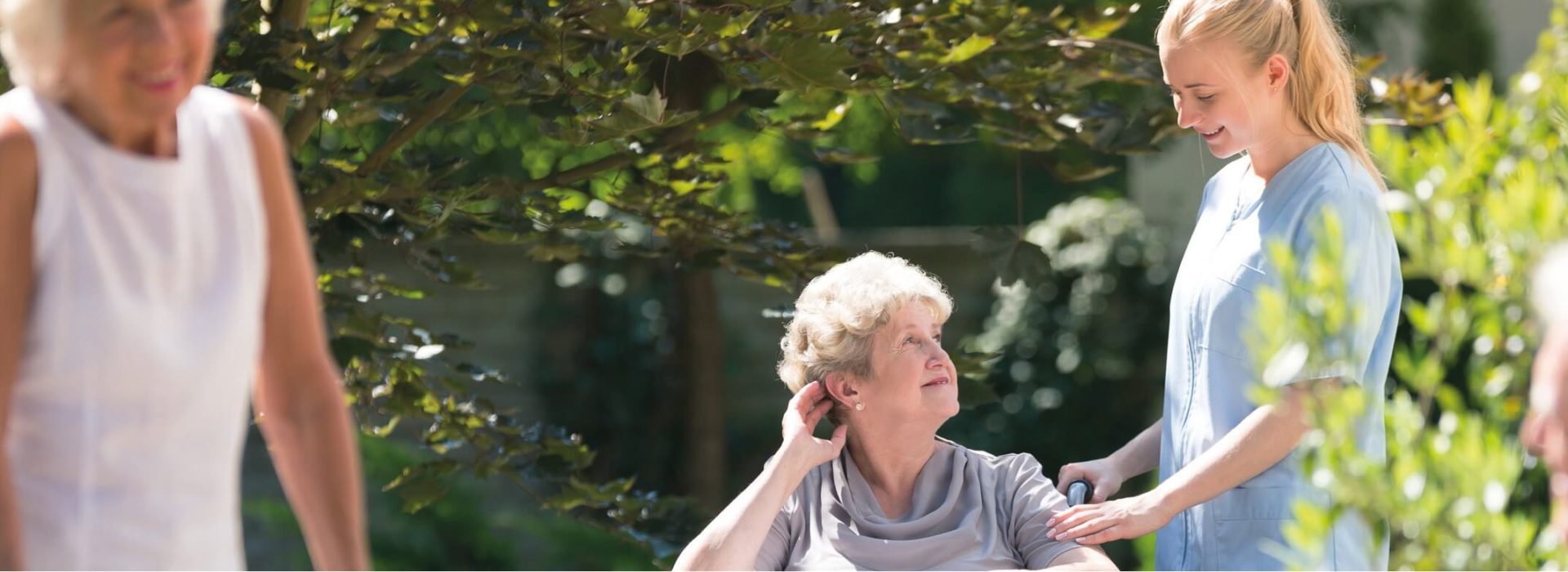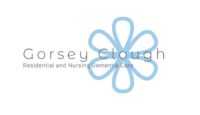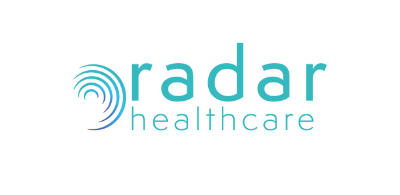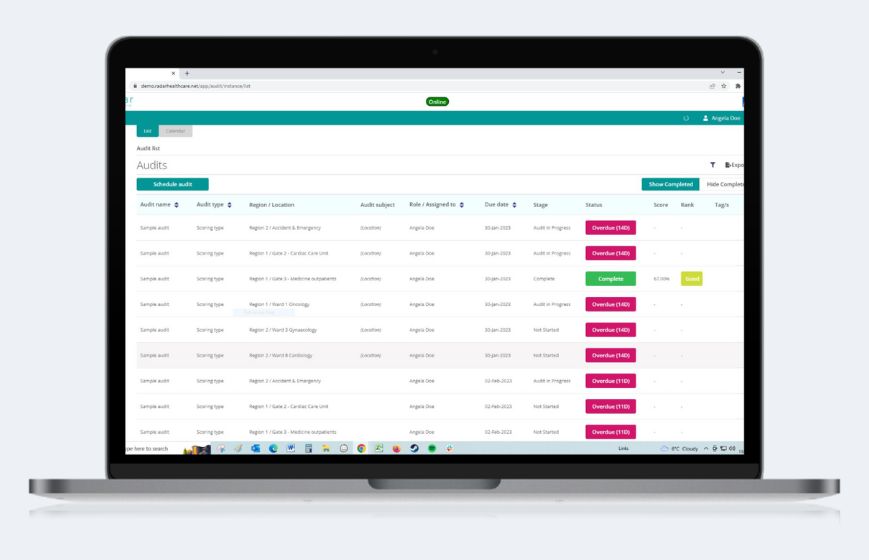
Residential Care
Case Study: Gorsey Clough
About Gorsey Clough
Gorsey Clough is a 49-bed residential and nursing care home in Bury, Lancashire. Specialising in Dementia care, the home provides 24/7 nursing and residential care for those with diverse and complex needs including those that present with behaviours that challenge.
Gorsey Clough has an ethos of embracing technology to help reshape how care is delivered and to improve the wellbeing and care outcomes of its residents. This ethos supports its vision to be an outstanding, dementia friendly care home supporting individuals living with dementia to live and enjoy their life as independently as possible.
Why did Gorsey Clough choose Radar Healthcare
At an unannounced inspection in 2018, Gorsey Clough were inspected and rated inadequate by the Care Quality Commission (CQC), the independent regulator for Health and Social Care. The inspection report referred to several regulatory breaches including management of medicines, incomplete health and safety checks, infection control and a lack of care and clinical quality assurance audits.
Award-winning registered nurse, Craig Priestley was appointed to transform the home into a good quality care setting that had positive outcomes for people living with dementia.
There were several ineffective, paper-based systems in place that required modernisation to be brought in line with best practice standards.
There were a lack of systems to monitor and improve the quality of the service. We found governance systems were incomplete and not sufficiently robust to ensure best practice was followed and compliance with regulations.
To give a true picture of quality assurance within the home, the management team needed to consolidate data and bring all processes into one central system.
Craig had used other quality management software in his previous roles, primarily for auditing, but hadn’t had access to anything that enabled him to have full visibility of a home’s quality and compliance status. When he came across Radar Healthcare, he was particularly impressed with the incident and risk management process and auditing tools with the ability to configure workflows in line with organisational processes and procedures.
How was Radar Healthcare implemented?
With the nursing home in special measures, time was of the essence, so the Radar Healthcare team provided remote onboarding sessions and access to the Radar Healthcare online training portal, ensuring Craig and his team had the necessary knowledge to configure the software to the needs of the nursing home.
Within a short space of time, custom workflows for incident and risk management and auditing were created as a priority; these were deemed the areas that would deliver the largest impact in the shortest time and provide the management team with the tools required to monitor performance.
Interested in Radar Healthcare?
When configuring incident reporting, Craig was able to set up custom incident types (falls, pressure ulcers etc.), each with a different workflow. Within the ‘falls’ workflow, the software was configured to prompt the completion or review of a falls risk assessment and update the mobility care plan to reflect the change in needs of residents – actions that were routinely missed before the introduction of Radar Healthcare. This ensured that all risk measures had been identified or implemented to mitigate risks as much as possible in the least restrictive manner.
Auditing was previously seen as a box-ticking exercise but because Radar Healthcare provides the data and visibility to feedback trends and information, auditing is now seen as a positive experience that contributes to our quality assurance framework. Audits prompt staff to be more inquisitive, making them feel part of the team and in turn, part of the decision-making process.
How has Radar Healthcare supported Gorsey Clough with quality improvement and compliance?
- Six months after Gorsey Clough has been rated ‘Inadequate’, the nursing home was re-inspected and was given an overall CQC rating of ‘Good’.
- Radar Healthcare has provided greater visibility across the organisation, giving the management team assurance that regulatory requirements are being met.
- Through incident analysis using Radar Healthcare, it was identified that most falls occur in the evening (often as a result of ‘sundowning’ in residents living with dementia). As a result, staffing levels have been increased from early evening as a preventative measure.
- Automating workflows has taken a lot of pressure off the running of the home so that the focus can be on the delivery of care and ensuring that residents’ needs are met.
- Radar Healthcare has provided Gorsey Clough with the building blocks to deliver a person-centred approach to care.
Moving from an ‘Inadequate’ to a ‘Good’ CQC rating in such a short period of time is a significant achievement and the implementation of Radar Healthcare has been instrumental in this. We have an overall picture of the quality of care we are delivering; we can see where things are going wrong but more importantly, we have access to data and information which helps us prevent things from going wrong in the first place. It has provided the team and the CQC with confidence that we now have the systems in place to deliver the highest standard of care.

Radar Healthcare functions CQC inspection comment* Incident management “The manager had a system in place that enabled them to review any accident, incident, safeguarding or complaint. This helped ensure they could identify good practice and where improvements needed to be made.” Risk management “Risk assessments were person-centred and guided staff on what needed to happen to keep people safe. Records showed that risk assessments had been regularly reviewed and updated when people’s needs changed.” Audit management “Significant improvements had been made since our last inspection and continuous auditing had ensured that medicines could be accounted for and the records showed that medicines were given safely as prescribed.” Workforce compliance “Staff told us they now felt very supported. Records showed a programme of regular supervision was now in place and the manager had started annual appraisals.” Continuous improvement “The manager had looked at ways to get more feedback from staff, relatives and people who used the service about the home. A new electronic system was being used. Any feedback went directly to the managers email. Responses we saw were very positive. One comment “Thank you once again for looking after my [relative].” * Taken from a CQC inspection report published May 2019.







